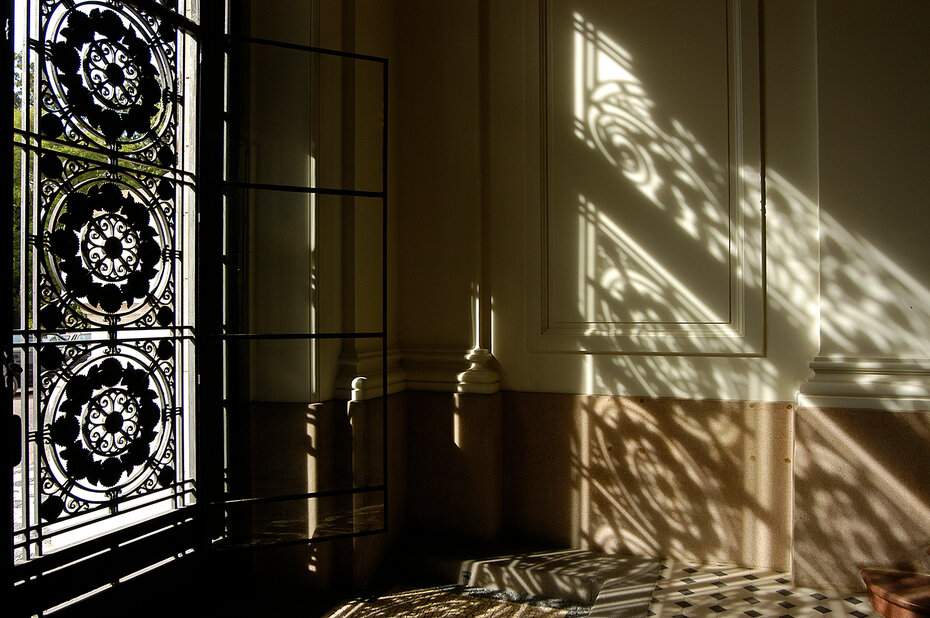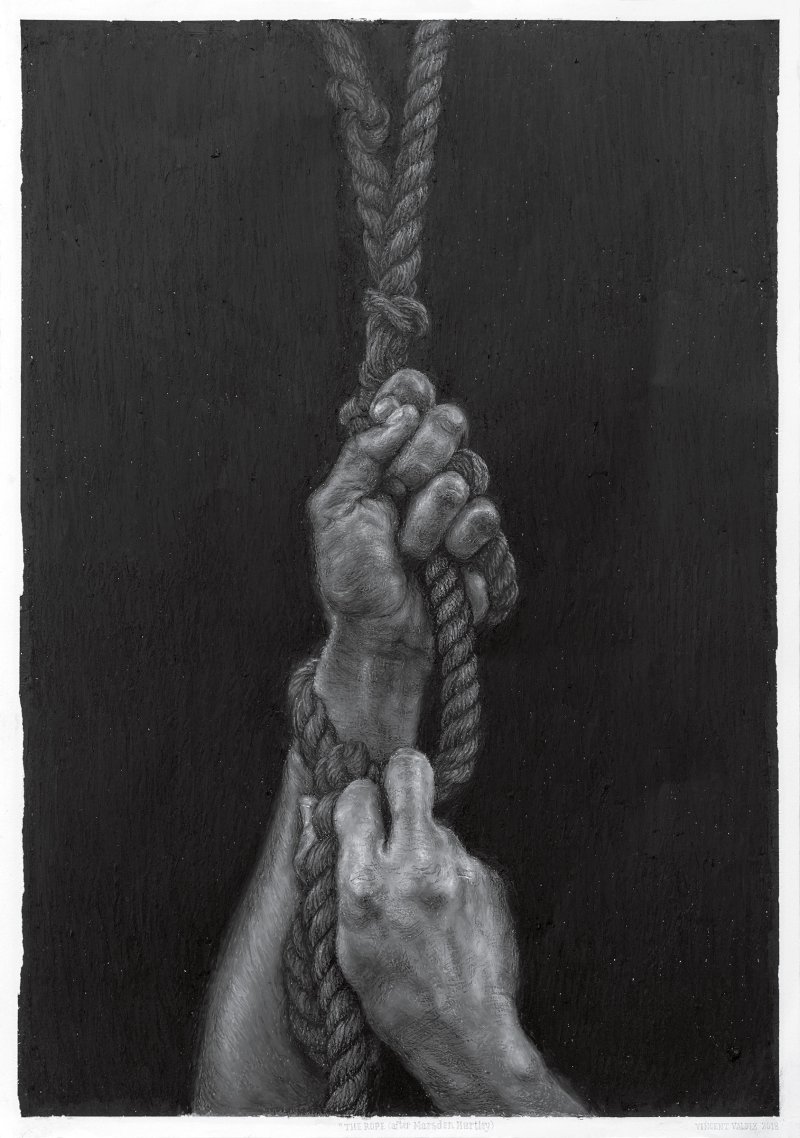Só no Blog principal, desde que 2004, contei 4.159.157 visitas
Para as próximas edições pretendo colocar uma lista com os respectivos links dos endereços mais
visitados.Sugestões e correções sempre serão bem vindas.
Espero que possamos continuar juntos por mais um ano e comemorar nossos vinte e cinco.
 #Do: Gasparotto
#Do: Gasparotto
Centenário do Palácio Piratini
secular Palácio Piratini, sede do governo gaúcho (Foto: Felipe Dalla Valle/Palácio Piratini/Divulgação)
# Os 100 anos do Palácio Piratini terão uma cerimônia celebrando a data do dia 17 de maio, quando o governador Eduardo Leite receberá somente os ex-governadores numa das alas do palácio. A festividade será restrita em função da pandemia e não como estava previsto.
Grades artisticamente trabalhadas vieram da Europa (Foto: Luiz Eduardo Achutti/Divulgação)
# O palácio teve sua construção iniciada pelo governador Carlos Barbosa, contando com o arquiteto francês Mauricio Gras. Sua conclusão coube ao governador Borges de Medeiros. O projeto teve influência neoclássica, inspirado, segundo alguns pesquisadores, no Petit Trianon, de Versailles. Para marcar a entrada principal e embelezar o pátio interno, entre as alas governamental e residencial, Gras encomendou ao artista francês Paul Landowski, o mesmo artista que criou o Cristo Redentor do Corcovado, no Rio de Janeiro, três esculturas. As que representam a Agricultura e a Indústria estão na fachada principal, colocadas sobre pedestais entre as três portas externas, conforme inclinação do Positivismo gaúcho em exaltar, através da estatuária fachadista, atividades econômicas que aludiam ao progresso. No centro do jardim, que separa as duas alas palacianas, está o grupo escultórico "A Primavera"./.../
#From:Delanceyplace.com
Today's selection -- from The Forge of Christendom: The End of Days and the Epic Rise of the West by Tom Holland. Charlemagne and the establishment of 'A.D.' as the basis for calculating dates. At the beginning of the ninth century A.D., with Rome long since crumbled, Constantinople was capitol of the leading Christian empire, the Rome of the East. But the Frankish king Charlemagne had built a new Western empire to eclipse it, extending across much of modern-day Europe. With that achievement firmly in hand he came to Rome and knelt during Christmas Mass at the shrine of St. Peter in the Vatican, where unexpectedly and dramatically Pope Leo crowned him emperor. But perhaps it wasn't so unexpected:
"So it was that Charlemagne came to rule as a second Constantine. ... The whole coronation, Charlemagne would later declare, had come as a surprise to him, a bolt from the blue. Indeed 'he made it clear that he would not have entered the cathedral that day at all, although it was the very greatest of the festivals of the Church, if he had known in advance what the Pope was planning to do.' ...
"Yet still an aura of mystery lingered around the ceremony. Had Charlemagne truly been as ignorant of Leo's plans as he subsequently claimed to be, then it was all the more eerie a coincidence that he should have been in Rome, and in St. Peter's, on the very morning that he was. Eight hundred years had passed to the day since the birth of the Son of Man: an anniversary of which Charlemagne and his advisers would have been perfectly aware. Over the preceding decades, the great program of correctio had begun to embrace even the dimensions of time itself. Traditionally, just as popes had employed the regnal year of the emperor in Constantinople on their documents, so other churchmen had derived dates from a bewildering array of starting points: the accession of their local ruler, perhaps, or an ancient persecution, or, most extravagantly, the creation of the world./.../
#De: Cechella Casata - 3a parte pdf
Continuando publicação do livreto sobre a família de nossa mãe
#From: Newsweek - World's Best Hospitals
|
|
|









No comments:
Post a Comment